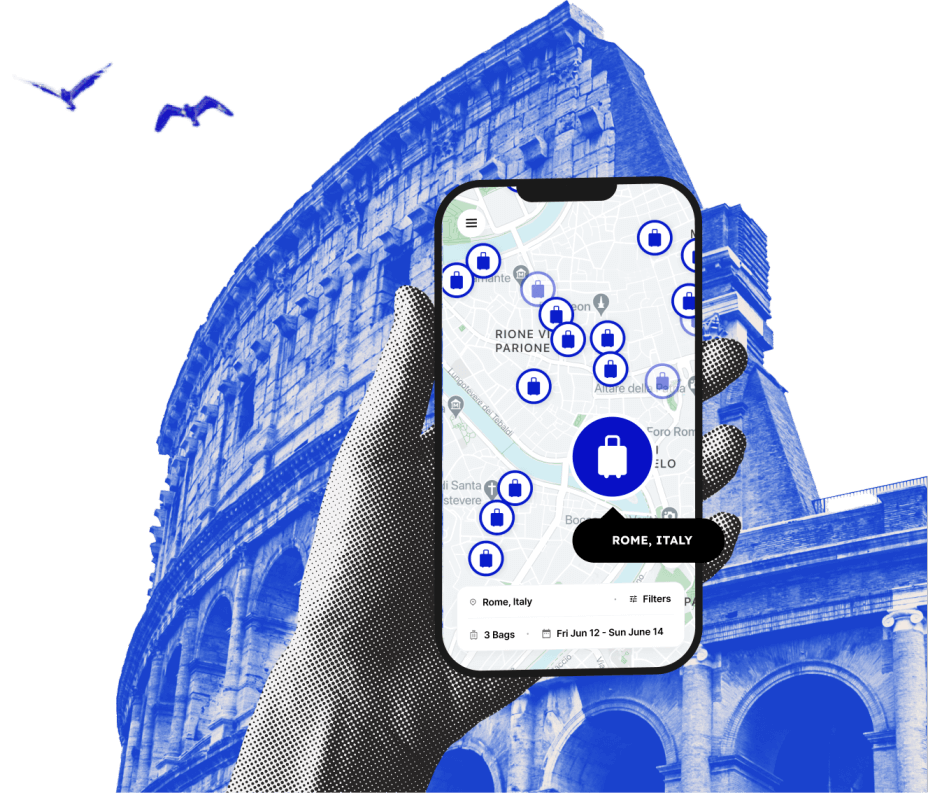The Best Time to Visit Toronto 2024: The Ultimate Guide
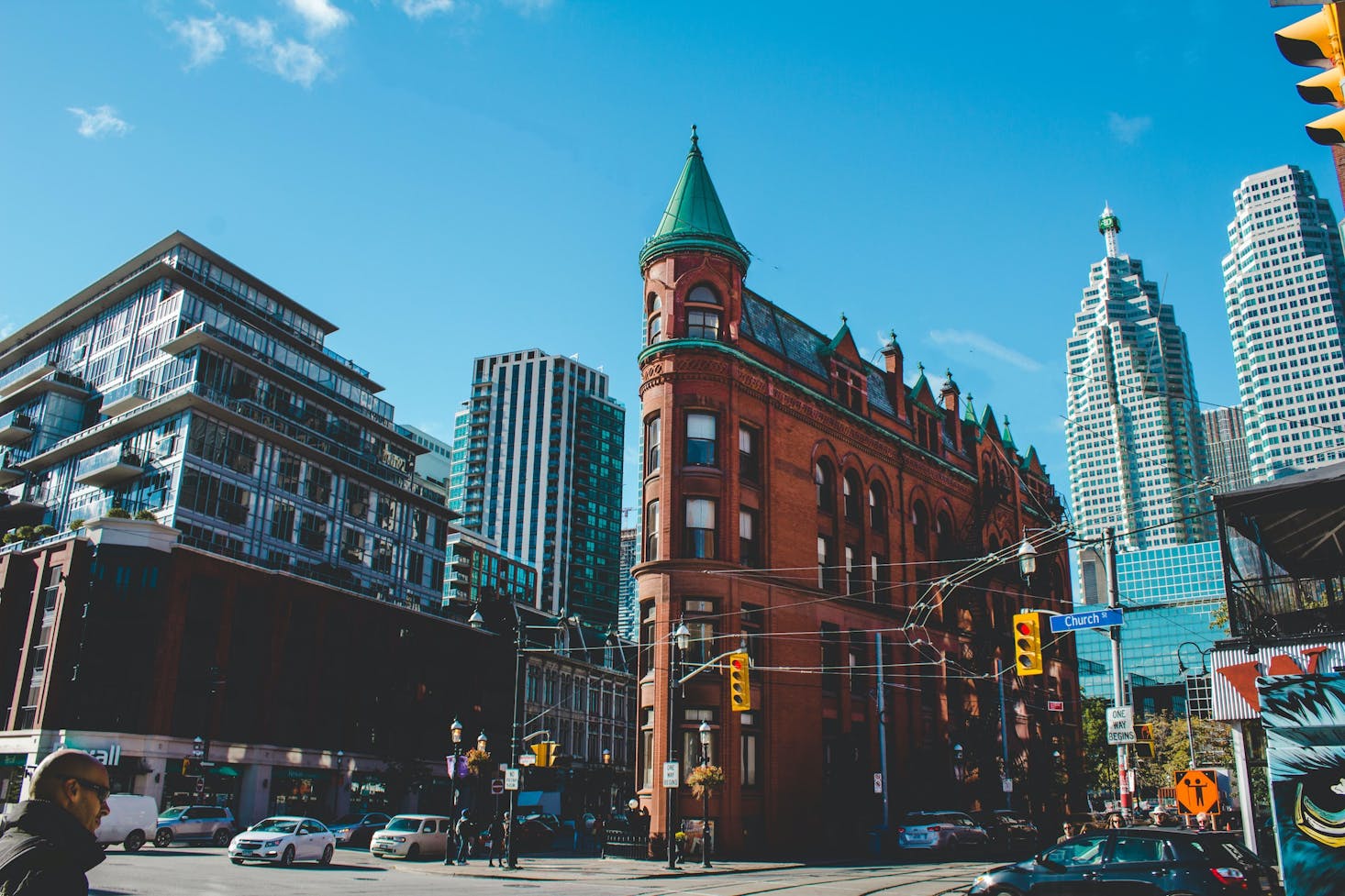
Toronto is Ontario’s capital and the largest city in Canada. It’s one of the world’s most multicultural cities with a large immigrant population from around the globe. Because it’s so diverse, expect an incredible mix of colorful cultures, languages, arts, and food. It also means you’ll be able to try a variety of festivals and ethnic fares you might not find in your homeland.
The city residents experience a continental climate modified significantly by its Great Lakes location. Its summer tends to be warm and humid, whereas winters are snowy, windy, and freezing. The weather in Toronto is quite inconsistent, with temperatures typically varying from 17 degrees F (-8.3 degrees C) to 78 degrees F (25.56 degrees C) and is rarely above 85 degrees F (29.4 degrees C) or below 1 degree F (-17.2 degrees C.)
Toronto receives about 2,065 hours of bright sunshine per year and 305 sunny days each year. Although it’s one of the warmer cities in the country in winter, the cold season is still severe. It is partly cloudy year-round, with around 136.8 days of rainfall and 16.5 inches of accumulated precipitation. During long winter months, precipitation occurs mainly in the form of snow, reaching about five feet (1.5 meters) of snowfall.
The best time to visit Toronto depends on the activity you want to do and the places you want to explore. For nature lovers and adventure-seekers, summer might be a great time to visit Toronto. But if you want to avoid the crowd during the peak season, the city has a wealth of indoor fun activities during winter in the holiday season you can try.
For first-time visitors who want to maximize their experience, visit Toronto from April through May or September through October. You’ll still have a good chance for nice warm weather during these times but with fewer crowds.
No matter what time of the year you plan to come to the city, organizing Toronto luggage storage is one of the first things you should do. Whether you’re traveling solo or with a group, you want to ensure your belongings are safe and well-stored when out and about exploring the city. Stow your shopping purchases and backpacks so you don't have to carry them from attraction to attraction.

Love discounts and traveling?
Sign up for our newsletter and get 10% off your next booking.
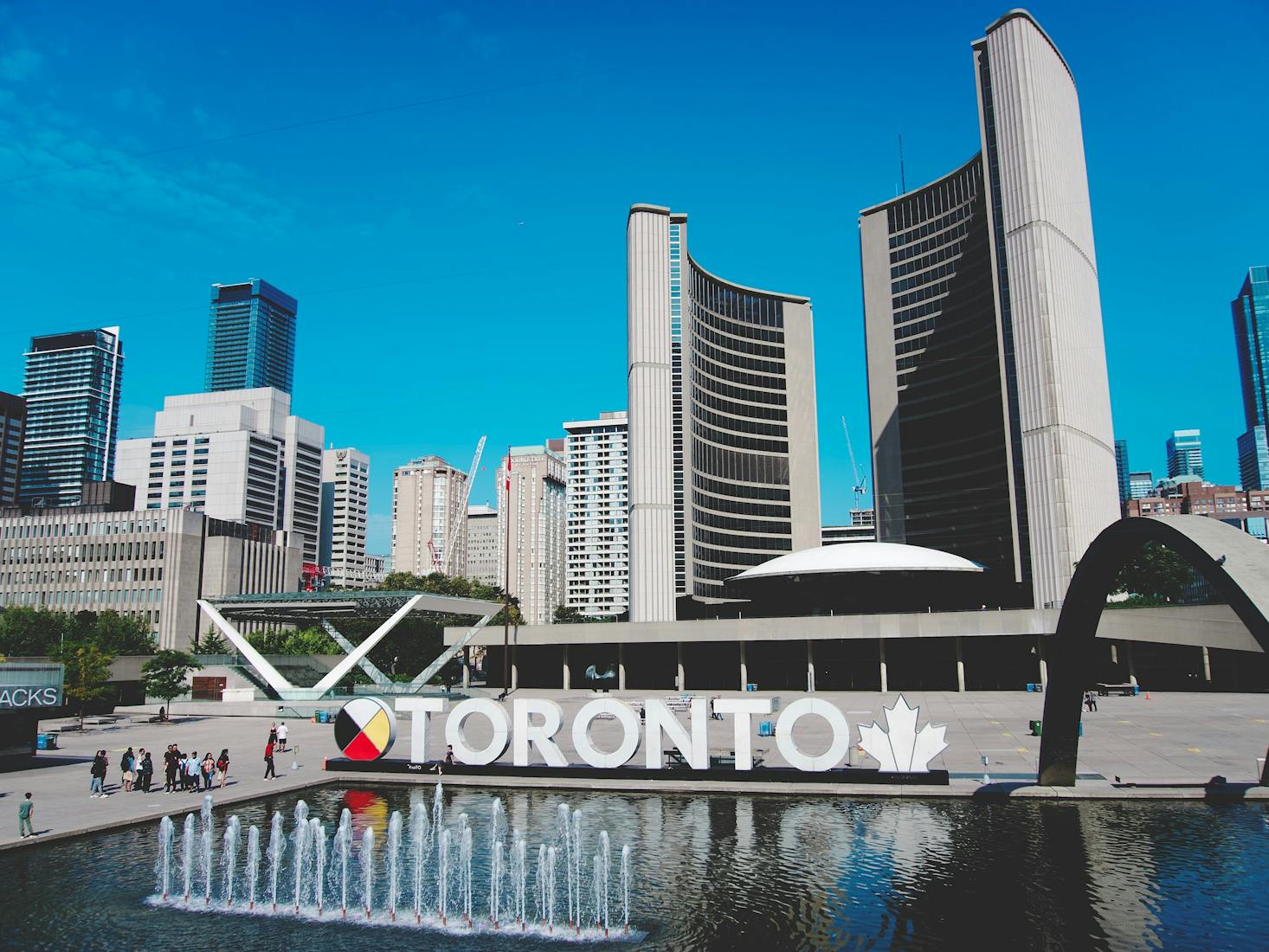
Summer in Toronto: June - August
Toronto weather in summer can be pleasantly warm and comfortable, but it can also become hot and muggy due to the humidity brought by Lake Ontario. July and August are typically the warmest, with average daytime highs of about 79-81 degrees F (26-27 degrees C). Although generally of short duration, heat waves may also occur, with average highs around 97-99 degrees F (37-37 degrees C).
For the summer months, the chance of a wet day in Toronto is constant at about 1.9 inches throughout but rarely falls below 0.7 or exceeds 3.4 inches of rainfall. It receives an average of 785 sunshine hours. Lake Ontario can also bring a cool breeze, and thunderstorms can erupt in the afternoon.
Bring light clothing, like t-shirts, tank tops, and shorts, if you plan to visit Toronto in summer. However, you may still need some warmer clothing like pants, jeans, sweaters, long-sleeved shirts, or jackets, especially at nighttime and on cooler days. Packing layering clothing will also help you remain comfortable outdoors.
As summer starts, you’ll see a growing number of tourists in Toronto who enjoy attending cultural events and exploring its myriad of ethnic neighborhoods. Take a tour of the city’s shopping scene and dynamic street art in Queen West, wander along the stunning waterfront and parks, or participate in festivals in downtown Toronto. Plus, it’s only a short drive from Niagara falls, so you’ll never run out of things to do to keep you busy.
If you want to escape the summer heat, head to the Toronto Islands. It’s only a thirteen-minute ferry ride from downtown Toronto, giving you plenty of opportunities to enjoy the great outdoors not too far from the city center. There are picnic areas, spectacular green spaces, nature paths, sports facilities, beautiful beaches, and even an amusement park.
Summer in Toronto means fun-filled activities and adventures. It’s that time of the year when beaches are busy and parks are packed. You’ll also find a flock of tourists in many popular places, including the Royal Ontario Museum, Hockey Hall of Fame, CN Tower, Nathan Phillips Square, and the Art Gallery of Ontario.
Since it's the peak season, expect many incredible Toronto events to be in full swing. But it also means pricey flights and accommodations and large tourist crowds in major city attractions.
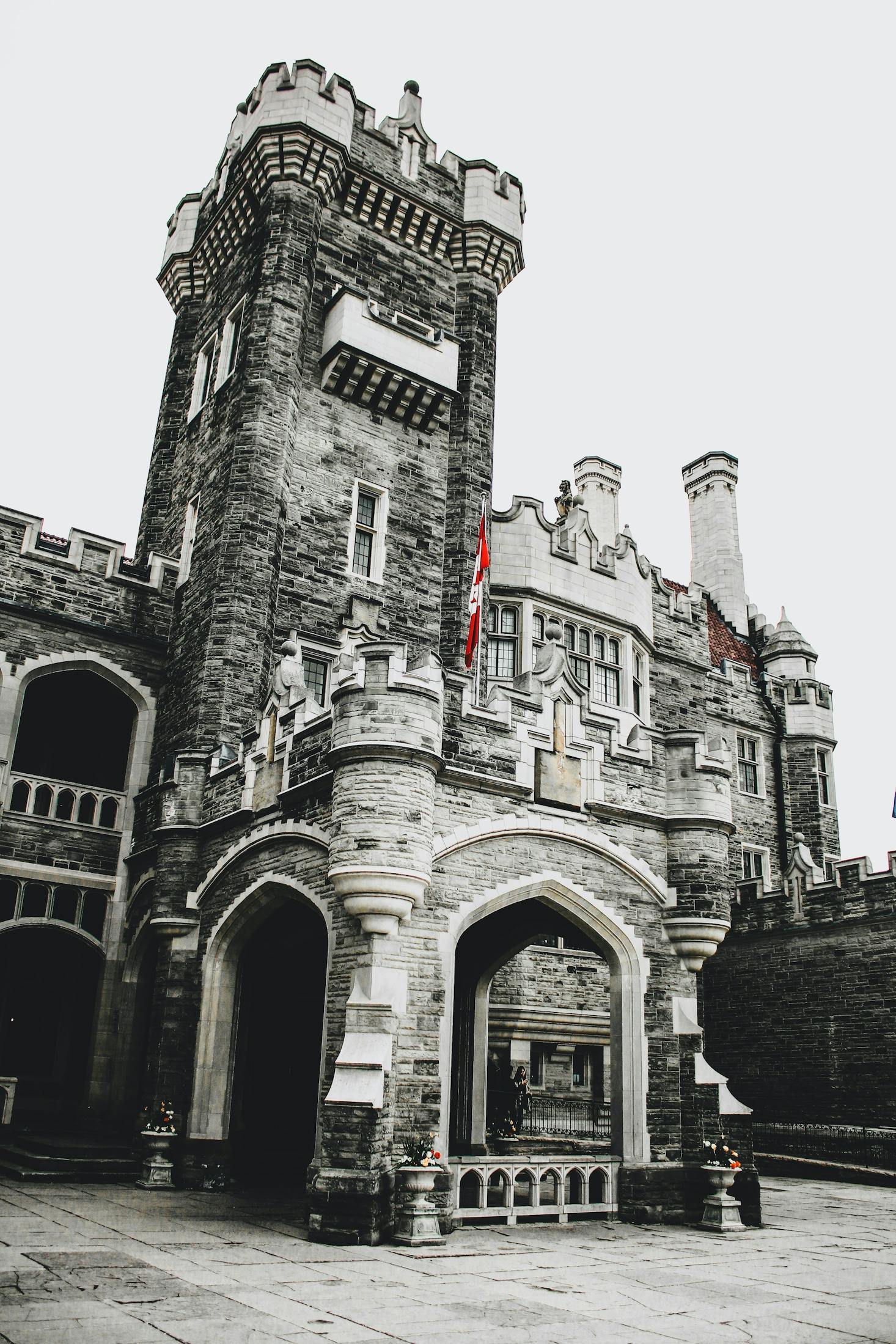
Fall in Toronto: September - November
If you want to visit Ontario’s capital, early September is a fantastic time for exploration and adventure. It’s the year’s most colorful season, with trees’ leaves taking an array of gorgeous colors from crimson red to orange and golden yellow. This stunning masterpiece of nature is a visual treat to enjoy.
Fall in Toronto is initially pleasant, with many sunny days and average temperatures exceeding 77 degrees F (25 degrees C), often occurring in September. It can also fluctuate between 59 degrees F (15 degrees C) and 69.9 degrees F (20.9 degrees C).
However, as the weeks pass, the city experiences a rapid decrease in temperature, the first cold days occur, and low-pressure areas become a lot more frequent. There are about 440 hours of sunshine in the fall and average precipitation of 3 inches. September is usually the wettest month, with 3.35 inches of rainfall.
Layering is vital in the fall season. You can leave your denim jackets and windbreakers at home, as a lightweight jacket is enough to add a layer of warmth on mild fall days. A sweater dress is also an excellent addition to your wardrobe. Not only is it a seasonally appropriate attire, but it also looks super trendy. Cardigans, a waterproof coat, a scarf, and jeans are also your safest bet for chilly days.
Perhaps, exploring the city’s vibrant neighborhoods on foot is the highlight of your trip. In that case, bring appropriate footwear, like a nice pair of sneakers, to stroll around the parks and colorful streets. Keep in mind that fall in Toronto can be a wet season, which should be considered when buying a pair of shoes for your trip.
Fall is arguably the ideal time to visit Toronto when the summer heat has subsided and the unforgiving winter has yet to strike. You can still enjoy sunny and warm days, witness the gorgeous fall foliage, attend Toronto International Film Festival in September, and celebrate Halloween.
Mid-September is still a peak season, so expect prices on attractions, hotels, and flights to be at high levels. Also, don’t assume you will be able to breeze in and out of popular public places easily, as Toronto tends to have lots of crowds even in fall months.

Winter in Toronto: December - February
Winter in Toronto can start as early as late November and end in mid-March. It receives 275 sunshine hours, although snowfall is more frequent. It can snow for several days each month with snowstorms and cold waves accompanied by a blizzard. January is the coldest month and receives the highest snowfall of about 0.19 inches and an average of up to 15 snowfall days. Accumulated rainfall in winter rarely falls below 0.3 inches or exceeds 2.5 inches.
The average temperature is about 22 degrees F (-5.5 degrees C), similar to that of northern European cities. Daily high temperatures rarely fall below 16 degrees F (-8.9 degrees C) or exceed 50 degrees F (10 degrees C). Daily lows can range from 30 degrees F (-1) to 21 degrees F (-6 degrees C).
The main piece of winter clothes you’ll need is a thick and waterproof coat to keep you warm enough when cold winds or chills come. You’ll also have to wear a hat when outdoors in Toronto. Pick one that covers your ears, as these can easily get frostbite. On that note, gloves that keep your hands warm are as important because your fingers can be prone to frostbite too. Mittens are warmer or more insulated than gloves, but keep in mind that they make it a little harder to use your fingers.
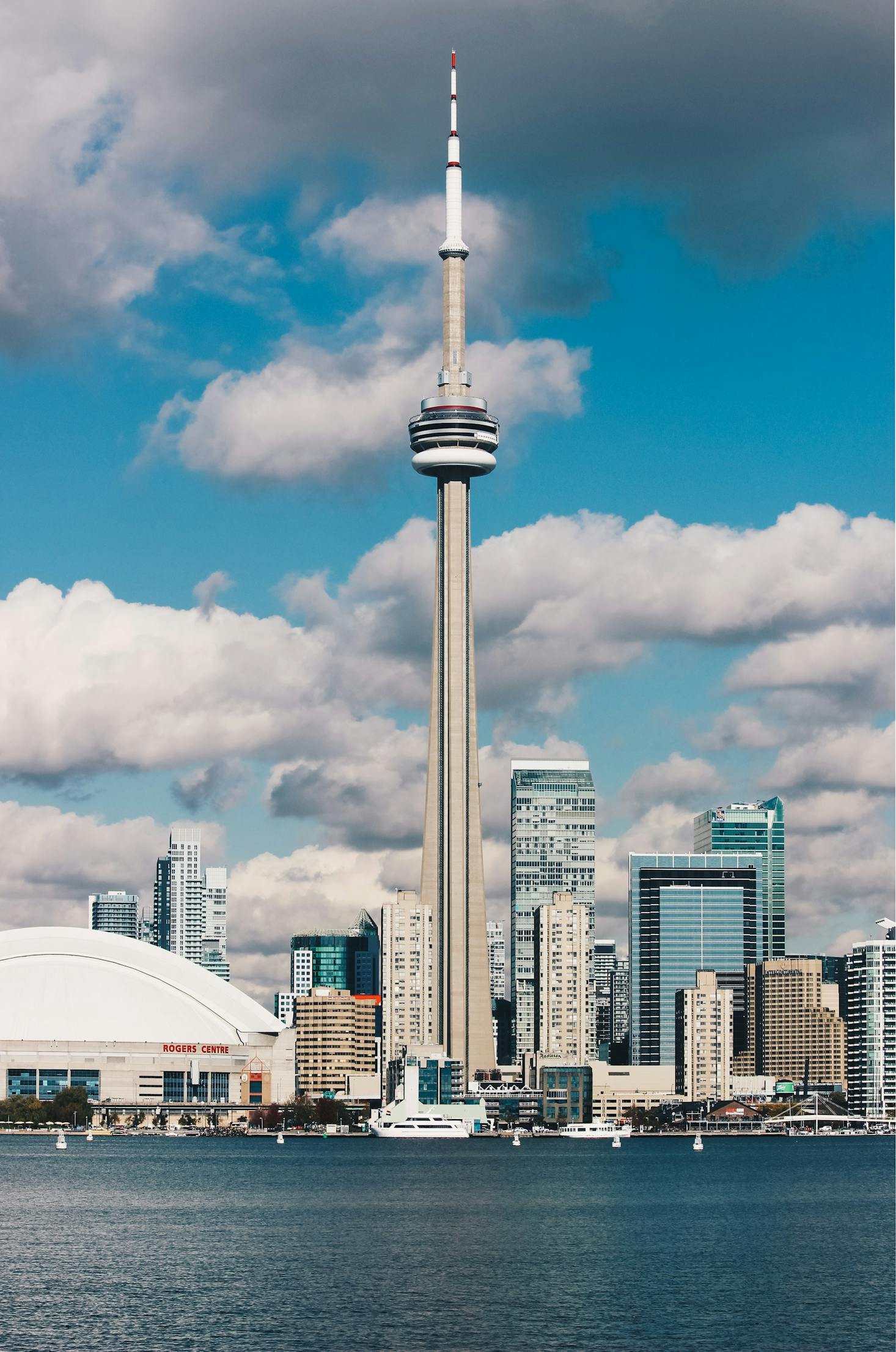
Lastly, you’ll need a good pair of boots. You can either pick low-cut boots that cover just up to the ankles or high-cut ones that go all the way up to your knees, depending on your pants. A good pair of boots keeps moisture away, so ensure you spend that extra time looking for the right fit if you regularly go outside in the snow.
Although it’s freezing in Toronto and the weather can get extreme, there are still plenty of reasons tourists visit here during the winter season. One of which is the large number of ice skating rinks found in this city. There are a whopping over 50 outdoor rinks to choose from. So, if you’re a big fan of winter sports like ice skating, then Toronto in winter is certainly the place to be.
Of course, there are indoor activities you can do as well. You can visit many museums, including the well-known Ontario Science Centre. This space has interactive and hands-on exhibits that help you learn about the world of science, making it a fantastic place to take your family or kids.
Winter in Toronto is the lowest season, with shorter days and low temperatures. Many attractions, accommodations, and flights are available at reduced rates. But if you don’t like the extreme Canadian winter, you might want to wait until the cold months are over before you visit.

Spring in Toronto: March - May
Since spring in Toronto is an unstable season, expect significant temperature changes from day to day. It can significantly change from a freezing 29.7 degrees F (-1.3 degrees C) in March to a moderate 59.7 degrees F (15.4 degrees C) in May. You’ll still likely experience frosts and snowfalls in March until the first half of the season. Although it becomes mild in May, afternoon thunderstorms may start to erupt on sunny days.
The average rainfall during the spring in Toronto increases rapidly. It starts at 0.6 inches and ends at 1.9 inches, rarely exceeding 3.4 inches or falling below 0.8 inches. You’ll begin to enjoy more days of sunshine in spring, with an average of 570 total sunshine hours.
It still feels like winter in early March, so you’ll want to wear something warm and comfortable at the beginning of the season. You can never go wrong with fleece jackets, raincoats, sweaters, t-shirts, and jeans. Of course, you’ll need to consider what activities you plan to do on your trip to know exactly what clothing to pack.
Long underwear is an ideal way to stay warm, especially if you plan to go camping, hiking, or skiing. Compact and breathable socks are also worth extra space in your suitcase. You can wear them inside your sneakers or booths for additional warmth on chilly days and remain comfortable all day. Waterproof boots, either leather or rubber, are perfect for spring.
Spring is a great time to visit Toronto. After spending winter indoors, it’s time to breathe in the refreshing spring air and admire the early buds and blooming greenery. With warmer weather, music festivals and cultural events are taking place in various parts of the city. For food lovers, head to Toronto’s diverse restaurants and lively bars to relish fresh flavors in the springtime.
After completing your spring cleaning, make space for new items and spend a day shopping. Take a tour of the Downtown district and hunt for unique vintage treasures in numerous chain tours, bargain shops, stores, and independent boutiques. There are also plenty of attractions to visit but fewer crowds, so you can take your time and enjoy every moment. However, it isn’t warm enough to hit the beach or walk around without layering up.
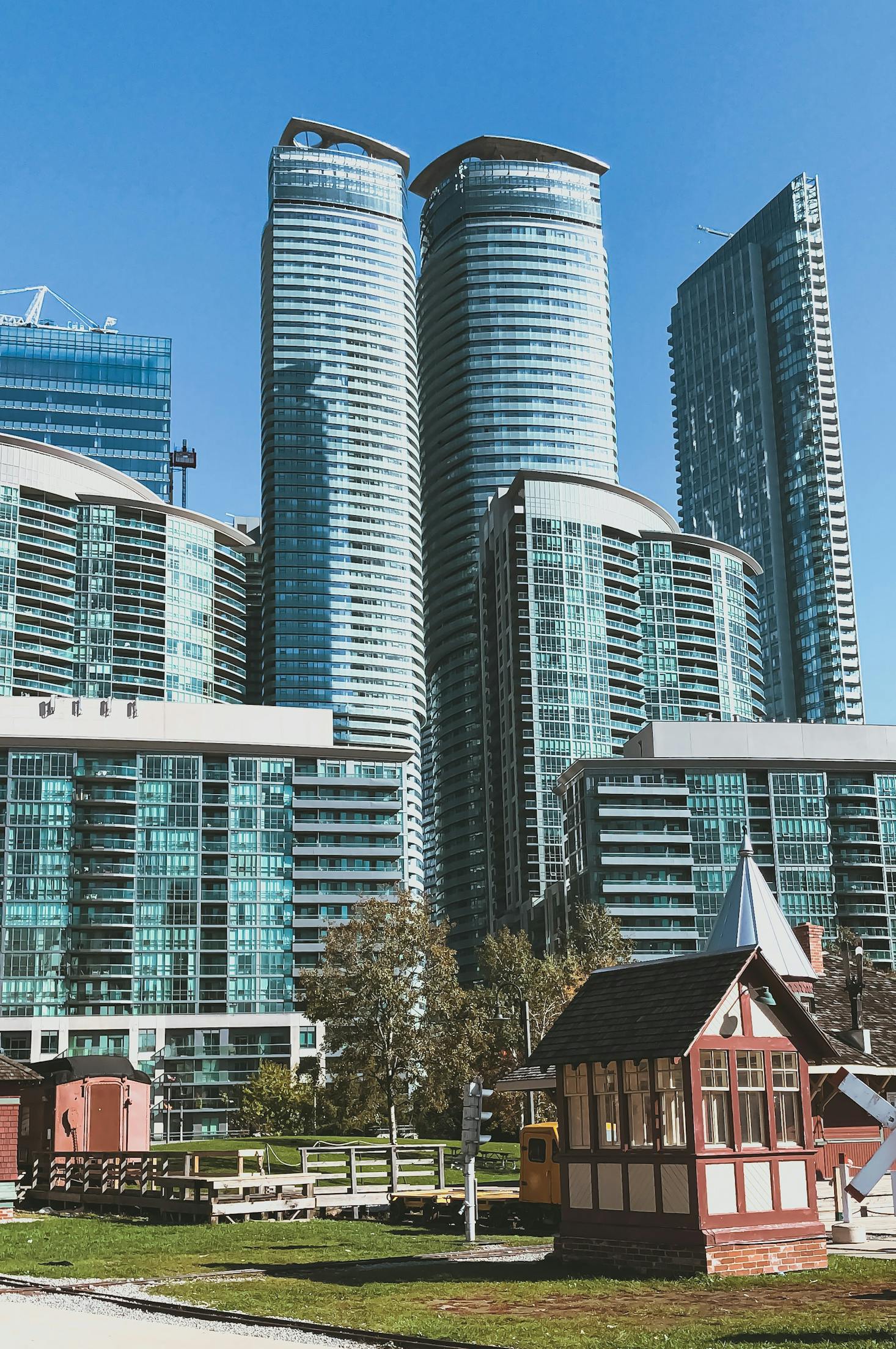
When is the best time to visit Toronto for you?
Toronto is an amazing city you can visit year-round. It’s known for its steamy summers and chilly winters, but it has a lot more to offer than its numerous winter sports and sandy lakeside beaches. Summer and early fall tend to be the most expensive time to visit this city, offering endless events and outdoor adventures to discover. If you want to avoid the flocks of tourists and save on flights and accommodations, visit Canada’s largest city in winter and early spring.
Know what you want to do during your trip to Toronto? Check out these guides for inspiration!
The Best Hikes In Toronto
Toronto On a Rainy Day: Things To Do
Music Festivals in Toronto in 2022

Love discounts and traveling?
Sign up for our newsletter and get 10% off your next booking.
